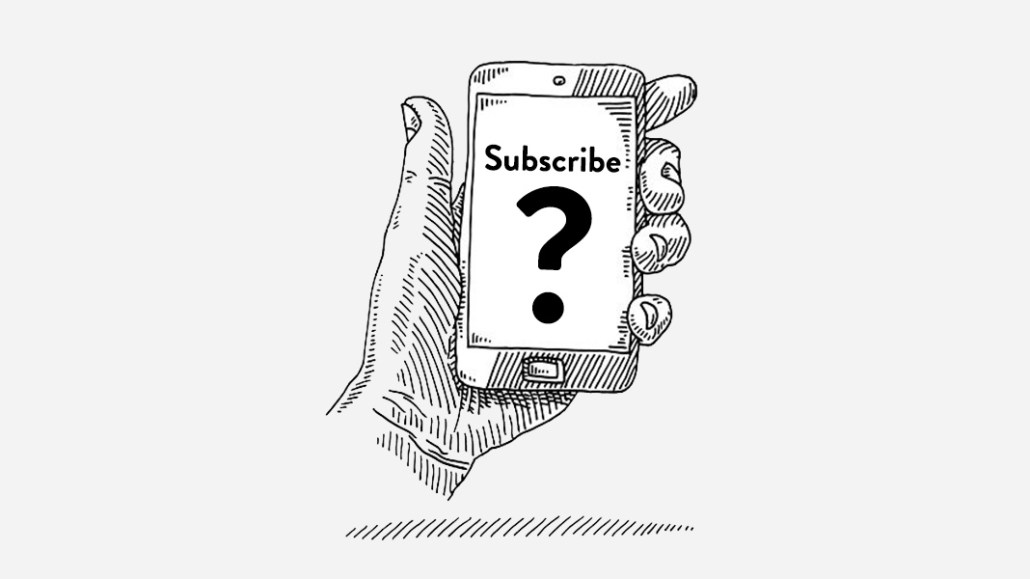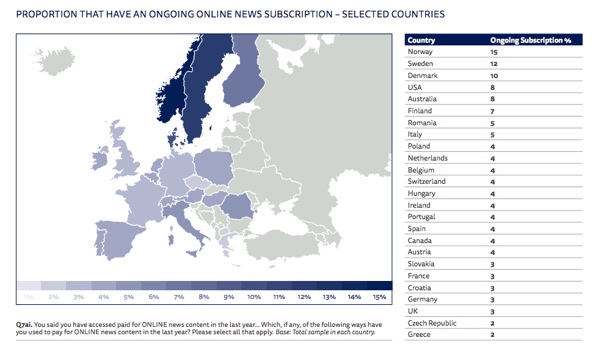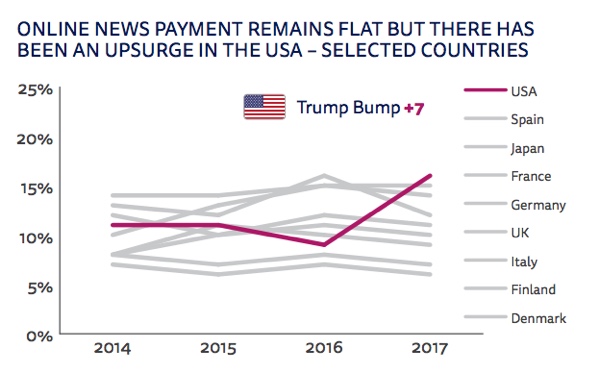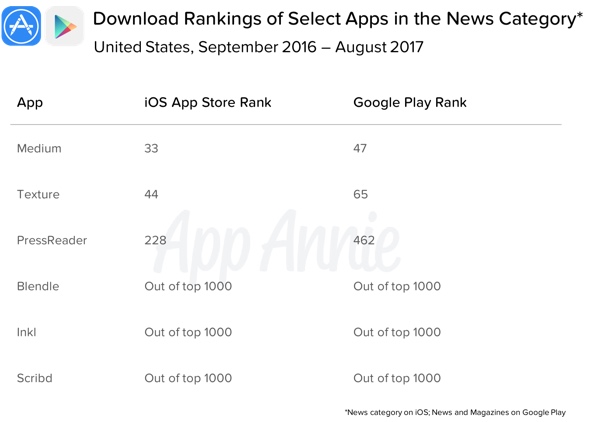Save 50% on a 3-month Digiday+ membership. Ends Dec 5.

With ad-supported digital media companies in choppy waters, more publishers are trying paid subscription models. On Tuesday, Chartbeat founder Tony Haile revealed more specifics about Scroll, a startup he launched quietly at the beginning of 2017, using a $3.1 million seed round he raised from a number of publishers, including The New York Times. Scroll will offer readers unlimited access to ad-free versions of sites belonging to brand-name news publishers.
Scroll is the third foray into news subscriptions that the Times has participated in this year, and it’s not alone. In May, the document-hosting startup Scribd, which also offers e-books to subscribers for $8.99 per month, announced it would add news to its offering; earlier in September, Medium announced it would add curated articles from publishers including the Times, The Economist and others to the paid tier it unveiled this past summer.
Here is a look at the state of bundled news subscriptions, in five charts.
A tough sell
Historically, this is an idea that has not gained a lot of traction. While the share of people willing to pay for news varies by country, in most of the world, a majority of people are disinclined to pay for news. The picture gets even bleaker when examining subscriptions. In the United States, 8 percent of readers pay for some kind of recurring digital news subscription, a number that puts the U.S. in the upper echelons among select Western countries monitored by Reuters.

But things may be looking up
In the past 10 months, there was a sharp uptick in digital payments for news in the U.S. following Donald Trump’s election. It’s worth noting, however, that a lot of the activity that fueled this surge came in the form of one-off payments and donations; the overall subscription rate for the U.S. remained steady, at 8 percent, also per Reuters.

Little traction yet
The bundled products that many of these startups aspire to, Netflix and Spotify, routinely rank among the most popular apps in Apple’s App Store and in Google Play. But so far, many of these products are having trouble gaining traction, even in the news category, according to App Annie data.

The price is right?
With little traction in the space, a wide array of price points are being tested in the market. Inkl, an Australian startup that said it intends to become “Spotify for news,” charges 15 Australian dollars ($12) per month, while Scroll, which its founder said obsessed over the price, charges $4.99 per month.
Money to burn
That said, some startups selling bundled news subscriptions have plenty of cash on hand. Investments from major investors including KKR have filled the coffers of startups like Texture, which offers a subscription bundle of magazines, and Medium, which has pivoted from being a publishing platform into a membership-driven service.
More in Media

AI-powered professional learning and the battle vs. ‘workslop’: Inside Deloitte’s Scout
Deloitte last month launched Scout as part of its Project 120, the company’s $1.4 billion investment in professional development.

‘The Big Bang has happened’: Reach gets proactive on AI-era referrals, starting with subscriptions
This week, the publisher of national U.K. titles Daily Mirror, Daily Express and Daily Star, is rolling out its first paid digital subscriptions – a big departure from the free, ad-funded model it’s had throughout its 120-year history.

Arena Group, BuzzFeed, USA Today Co, Vox Media join RSL’s AI content licensing efforts
Arena Group, BuzzFeed, USA Today Co and Vox Media are participating in the RSL Collective’s efforts to license content to AI companies.








